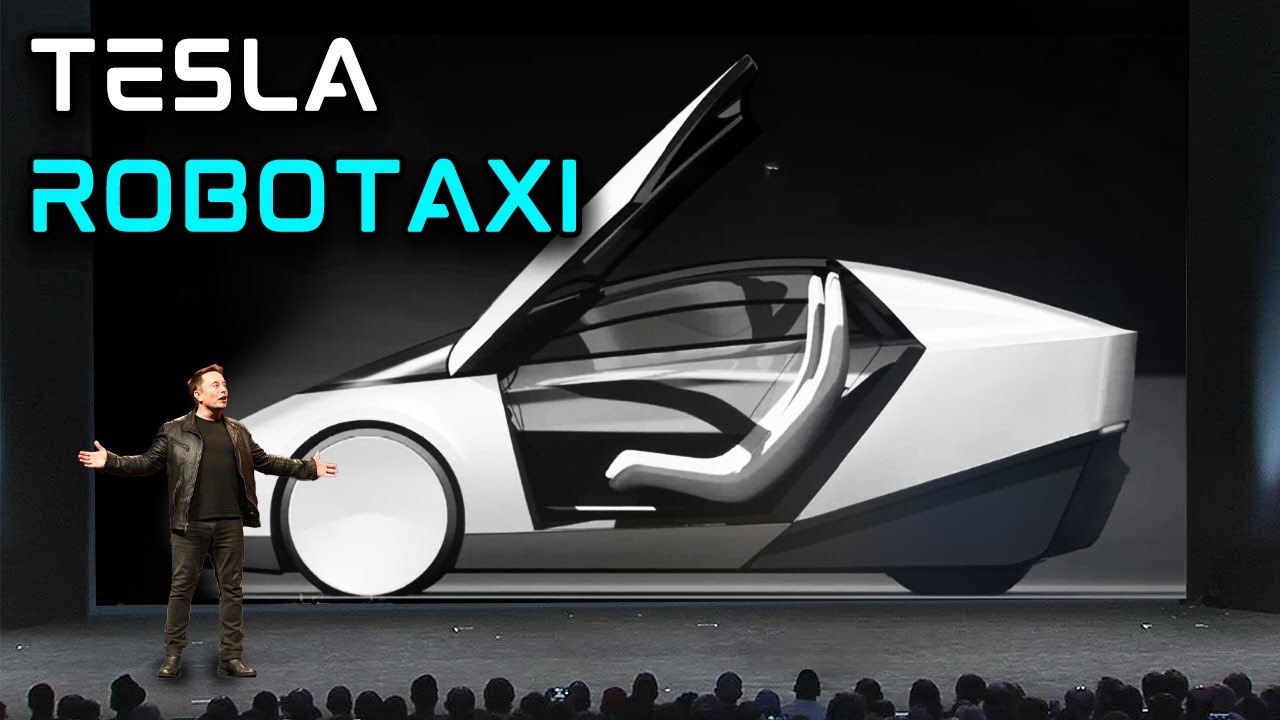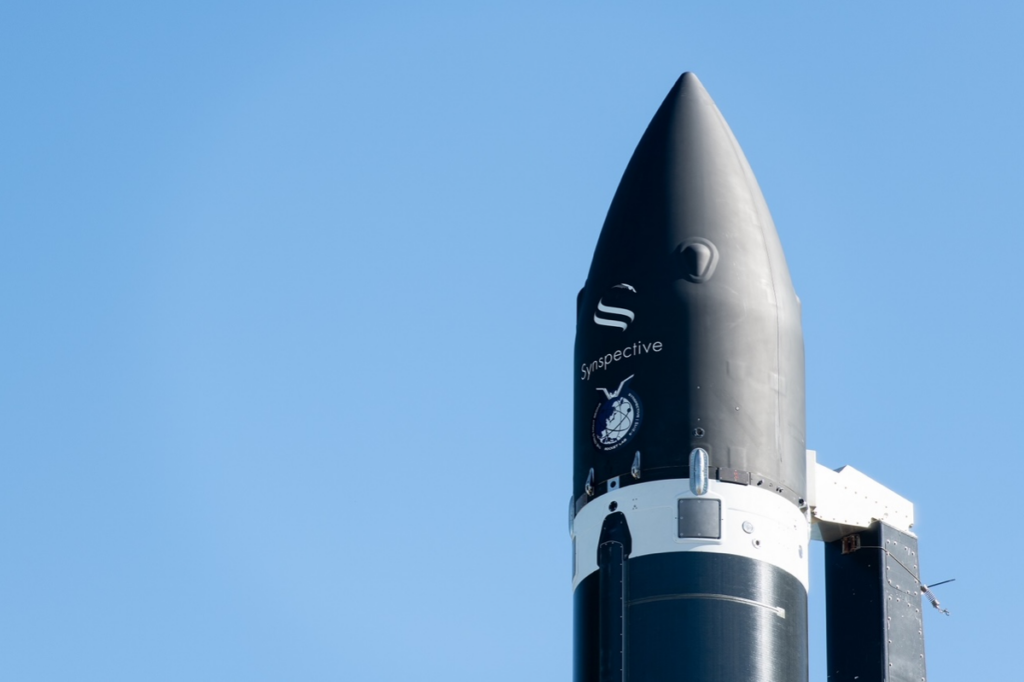Tesla appears to be assembling a teleoperations team as it prepares to introduce a robotaxi service in the upcoming years
In order to assist in the development of a teleoperations system that would enable human operators to remotely access and manage the company’s future robotaxis and humanoid robots, Tesla is seeking a software developer, per a recent job posting.
“Drive requirements, make design decisions, and implement software integration for this custom teleoperation system” is what the Palo Alto-based software engineer would be responsible for.
The existence of such a team is noteworthy for two reasons, even though the job posting is unclear about whether Tesla is looking to expand an existing teleops team or if it is creating the team and skills from scratch. First, it shows that Tesla is taking the deployment of its robotaxis on public roads seriously. Secondly, it diverges from Tesla’s previous assertions of autonomy.
Elon Musk, the CEO of Tesla, has frequently underlined the company’s capacity to attain complete autonomy without the need for human assistance by using sophisticated neural network training and camera-based sensing.
:max_bytes(150000):strip_icc()/GettyImages-1258889149-1f50bb87f9d54dca87813923f12ac94b.jpg)
The majority of autonomous vehicle experts believe that teleoperations is a crucial component for introducing self-driving cars on public roads. Teleoperations systems are already in place at companies like Waymo, which runs a commercial autonomous ride-hail service in a number of U.S. cities, to handle certain edge circumstances, such as collisions, construction zones, and hardware problems.
Another important source of training data for Level 4 autonomous operations is the choices made by remote operators.
The SAE refers to a system as having L4 autonomy when it can function independently under certain conditions without requiring human intervention.
Teleoperators aren’t exactly a novel concept for Tesla. During the October Tesla “We, Robot” event, the carmaker employed remote operators to engage with visitors, interacting with its Optimus bots and mixing beverages. However, there would be distinct needs for remotely operating robotaxis.
For instance, a robotaxi’s controls and user interface would probably resemble driving controls and include capabilities like real-time mapping and support for complex decision-making. On the other hand, a robot’s interface would adapt to the specific task at hand. Additionally, more reliable communication over large distances would be necessary for robotaxis, and operators would probably need to record teleoperation interventions for future accident or edge case research.
Tesla unveiled their robotaxi prototype last month, a Cybercab that can accommodate two people and lacks a steering wheel or pedals. According to Musk, Tesla will start building the car in 2026 or 2027.
In addition, Musk stated that he intends to introduce a service that will allow users to hail autonomous Tesla vehicles in California and Texas by 2025. He asserts that Tesla is currently testing this service with staff members in the Bay Area.
The role of Tesla’s expanding teleoperations team in supporting both the specially designed robotaxis and the Tesla cars currently driven by average people remains unclear. Musk has already retracted his long-standing assertion that Tesla cars with current hardware might eventually drive entirely on their own with only an over-the-air software update.
When TechCrunch asked Tesla for more details regarding the teleoperations team, the company did not respond right away.



